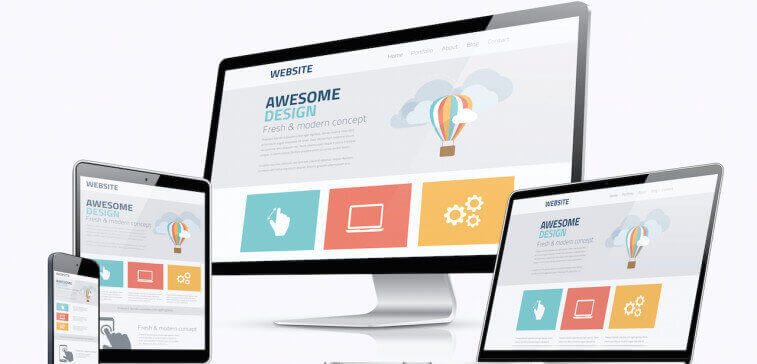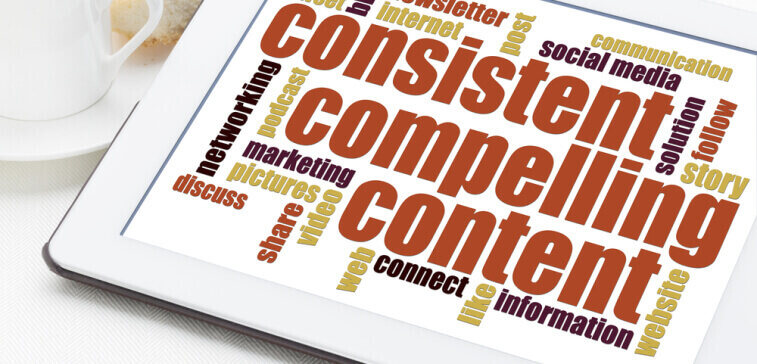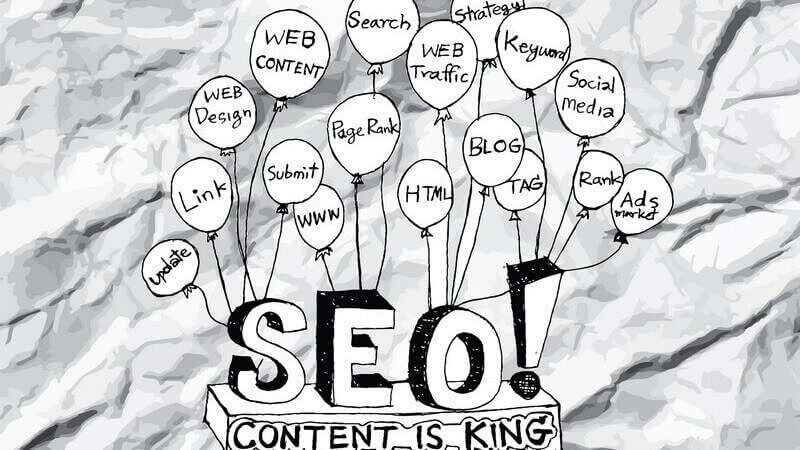Many small businesses have tried Facebook ads that did not produce results. Others are using them to drive significant business results. What is different?
Facebook generates $4B. in ad revenue and over 1 million small businesses use Facebook ads. When I speak with people about online marketing, I often highlight the opportunities to use Facebook (and now Instagram) for cost-effective advertising. I also highlight that you can no longer rely on organic reach to get to existing followers of your business.
Several people have recently told me they tried Facebook ads and they “didn’t work.” So they stopped. That usually means that they did not see an immediate, short-term uptick in sales.
Advertising can generate awareness and it can induce someone to look more closely at your product or service. It may not produce an immediate sale. It depends on your product/service and where the reader is in the buying cycle.
In Facebook, People Are Not Actively Looking to Buy Things
[Tweet theme=”basic-full”]In Facebook, people are not actively looking to buy things.[/Tweet]
In Facebook, they are likely not actively looking to buy something right now. Google ads based on certain keywords may be aligned with immediate purchase intent, but Facebook ads have another complementary role to play.
Facebook advertising is usually a longer-term investment. It helps you to generate demand with people who weren’t already looking for you. It helps you to build an audience to market to over time.
There are exceptions. Some products or services may be impulse purchases that can show immediate sales results. Certainly Facebook and other social media networks are hoping that is the case as they all continue to invest in social commerce capabilities. But most of the value of your Facebook ads is to generate awareness and to build an audience to sell multiple things over time.
Common Reasons Your Facebook Ads Didn't Work
There are some common reasons why your Facebook ads didn’t produce the desired results or “didn’t work.” I have compiled my top ten things to look at and adjust in your approach:
- Wrong Objectives. People on Facebook are primarily looking to connect with friends and family and to be exposed to interesting content. They are not primarily there to find and buy products. If you have a relatively inexpensive product that someone can make a fast purchase decision about, then maybe you will see product sales directly from ads. I get a lot of ads for T-shirts in my News Feed and I might click to purchase one that I found particularly interesting. People may have an interest in your products, but are not currently ready to make a purchase. Or your target audience may need additional information before they are ready to make a purchase from you. Facebook is primarily a place for you to create awareness and induce people to do something to start a relationship with your business to learn more. Ask people to sign up for something rather than make an immediate purchase.
- Incorrect targeting. The power of Facebook advertising is in targeting your audience. First you have to define the personas of the buyers of your product or service. Then look at the Facebook targeting options to match those personas. You don’t want to target too broadly. You want your ad to display to the person who will have the most interest in your products and services. If you only rely on targeting by location or by interests, you may have wasted your ad dollars. Use Facebook Ad Manager or Power Editor to get the most targeting options, including location, age, gender, interests, connections, relationships, language, education, and workplace. You may also be able to make use of custom audiences to target people from your email list or lookalike audiences based on people who liked your page or visited your website.
- Uninteresting Image. Facebook is a visual platform. If your image does not stop the user’s eye and grab attention, they will scroll right past your ad. Generally, images with people grab the most attention. Or your image needs to stand out in some other way. It might be brightly colored. Or it might be funny. Sometimes the images that I think are good turn out to be duds and ones I think are marginal turn out to be stars. You have to try multiple images and test to see which ones work the best.
- Dull headline or unclear value/benefits. Headlines with emotion get the most attention and response. Words like “easy” or “free” or “simple” or numbers or brackets in the headline generate more clicks. Clearly stating the value or benefits you provide also will drive clicks. If the reader is unclear what the the value or benefit is to them, they simply scroll to the next thing. The value proposition needs to be aligned specifically to the target audience for the ad.
- Going after quantity versus quality. Going after the most ad impressions or the most page likes or most website clicks is simple and enticing. But it may not be capturing the people who are most likely to engage with your business and eventually make a purchase. Set your objectives and targeting to go after the people who are most likely to be interested and engaged. Big numbers of uninterested or marginally interested people won’t lead to results.
- Not capturing and nurturing prospects in email. Someone may read your ad and have some interest, but they are not ready to make an immediate purchase. But they are a valuable prospect for you to capture and nurture until they are ready to buy. The most effective way to do that is to capture their email address. By opting-in they are giving your permission to do personalized, 1-1 marketing to them over time. What a tremendous value. You may need to offer them a bribe to sign up and give their email. Offer something of value – some information or a contest – that creates an incentive for them to spend a minute filling out a web form.
- Relying only on Boosted Posts. Since Facebook now only shows your posts to 2-6% of your page followers, I think the Boosted Post has a role to play in getting key content posts to display to your followers (or your followers and their friends.) Beyond that use Facebook Ad Manager or Power Editor to create and target ads. The Boosted Post gives you more space for text and a link, but fewer options for targeting and bidding. It also won’t enable you to do A/B testing to find out what works well with your target audience.
- Unclear Call to Action or No Landing Page. An “aha” moment came to me a couple of years ago when I learned that people only do what you tell them to do. I had previously assumed that people would take action on their own. It doesn’t happen. If you want someone to sign up for email or to follow you on social media or call you or take some other action, you have to ask them to do it. When you ask them to take action, they do, if you make it easy. Make sure you have a focused landing page that is simple and clear for them to take the desired action.
- No Retargeting. Retargeting works by keeping track of people who visit your site and displaying your retargeting ads to them as they visit other sites. Someone may have visited your web site, but was not ready to make a purchase. Retargeting keeps your business front and center to bring people back when they are ready to buy. Retargeting helps to increase conversions after they have visited your site.
- Failure to constantly be testing. One well known web site had a call to action button that was colored green and blended into the overall color palette of the page. They found when they changed the color to red that their click-through rate skyrocketed. It leapt off the page, captured the eye, and more people took action. Test alternative images, headlines, and colors to find out what works best. Constantly monitor and re-test new ad variations to find what works best for your audience.

































